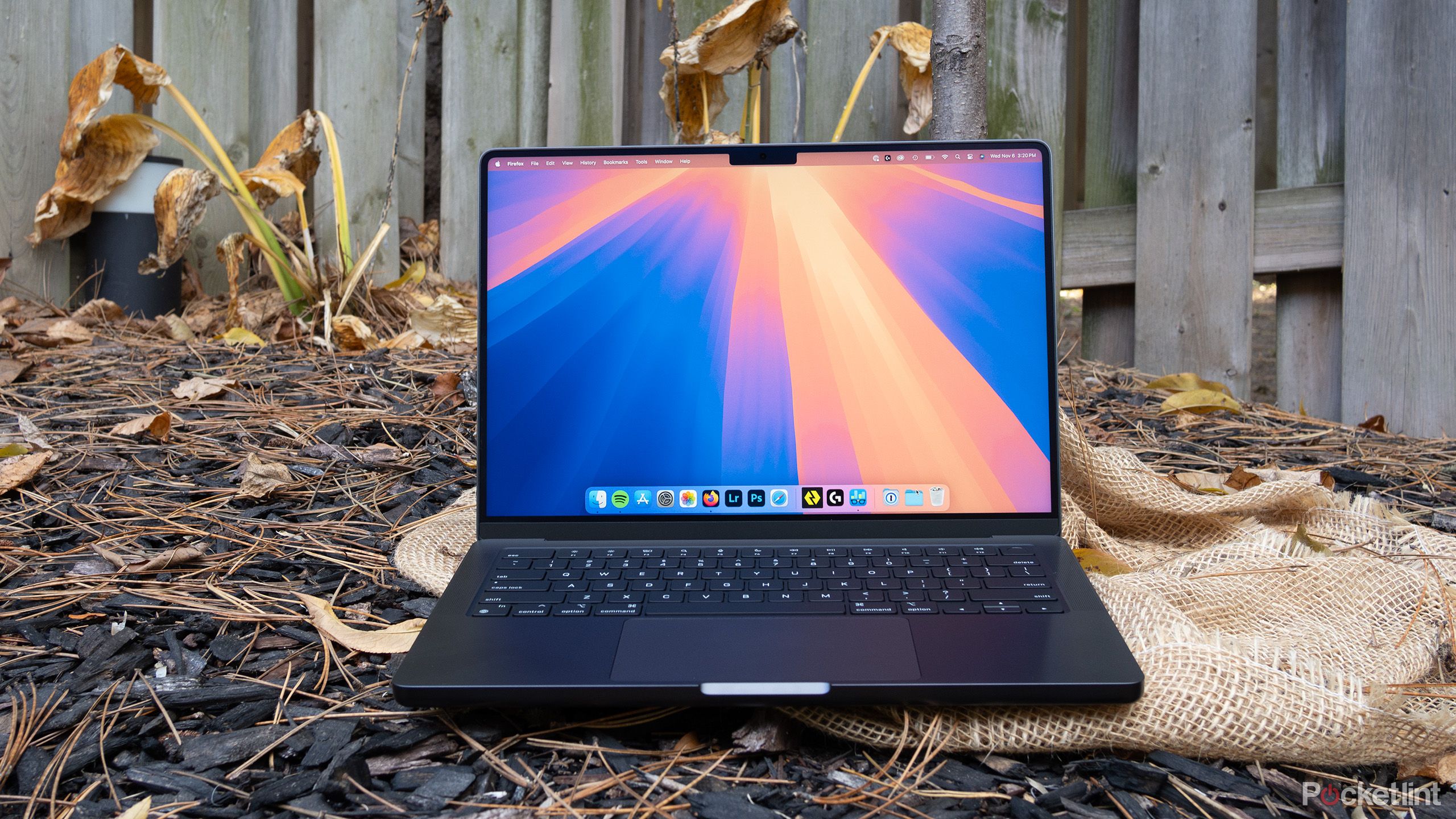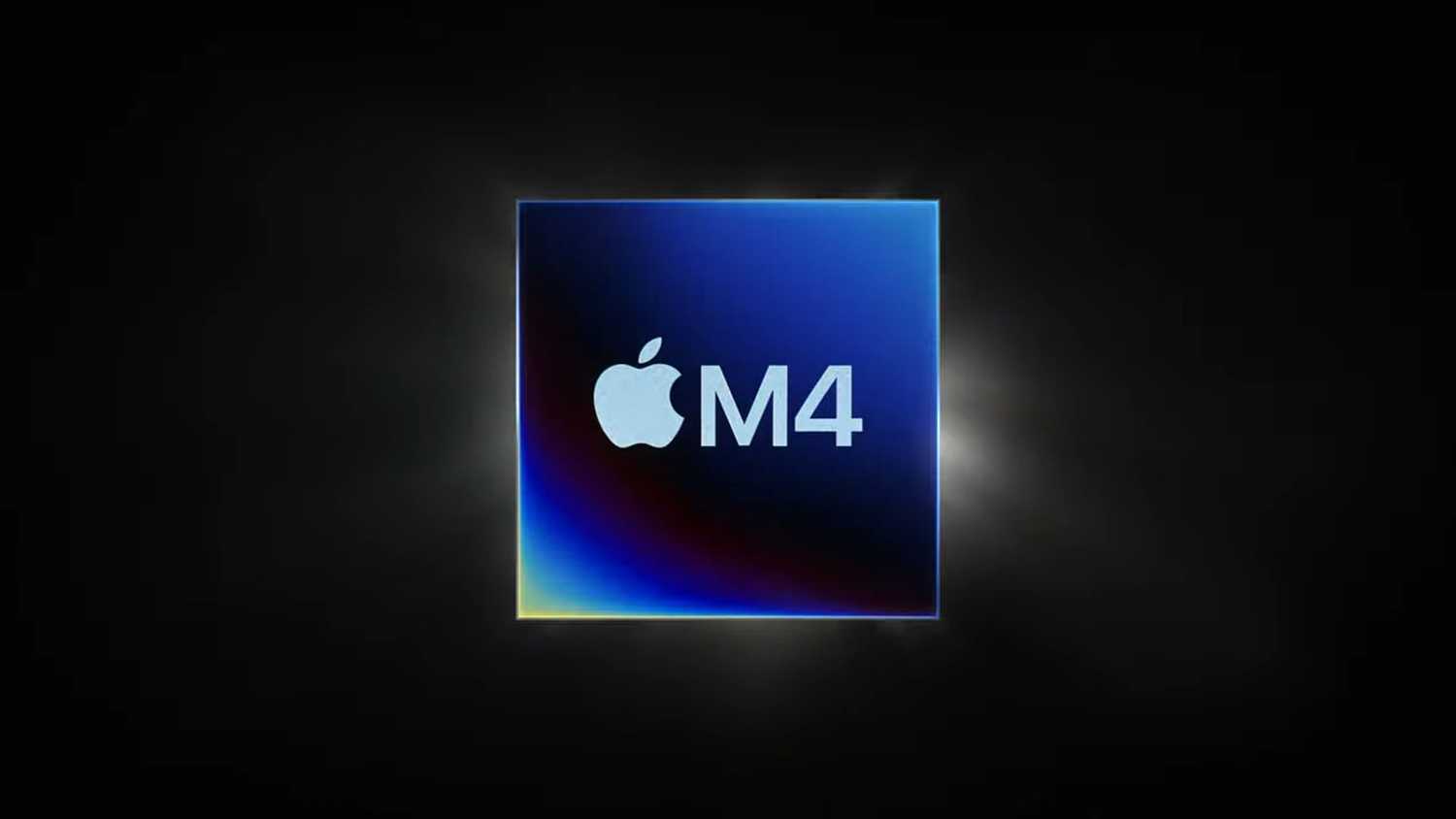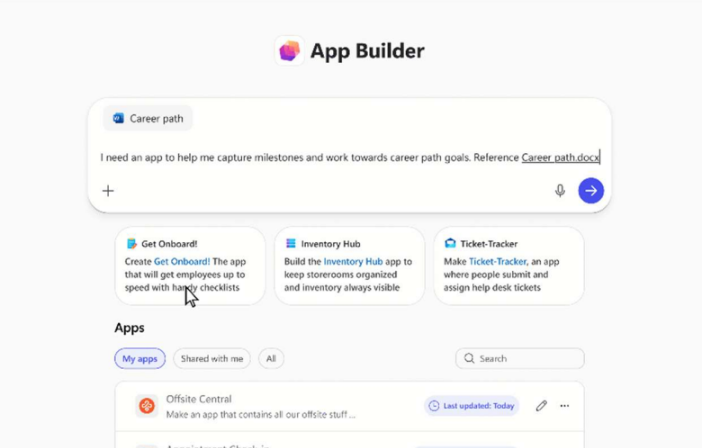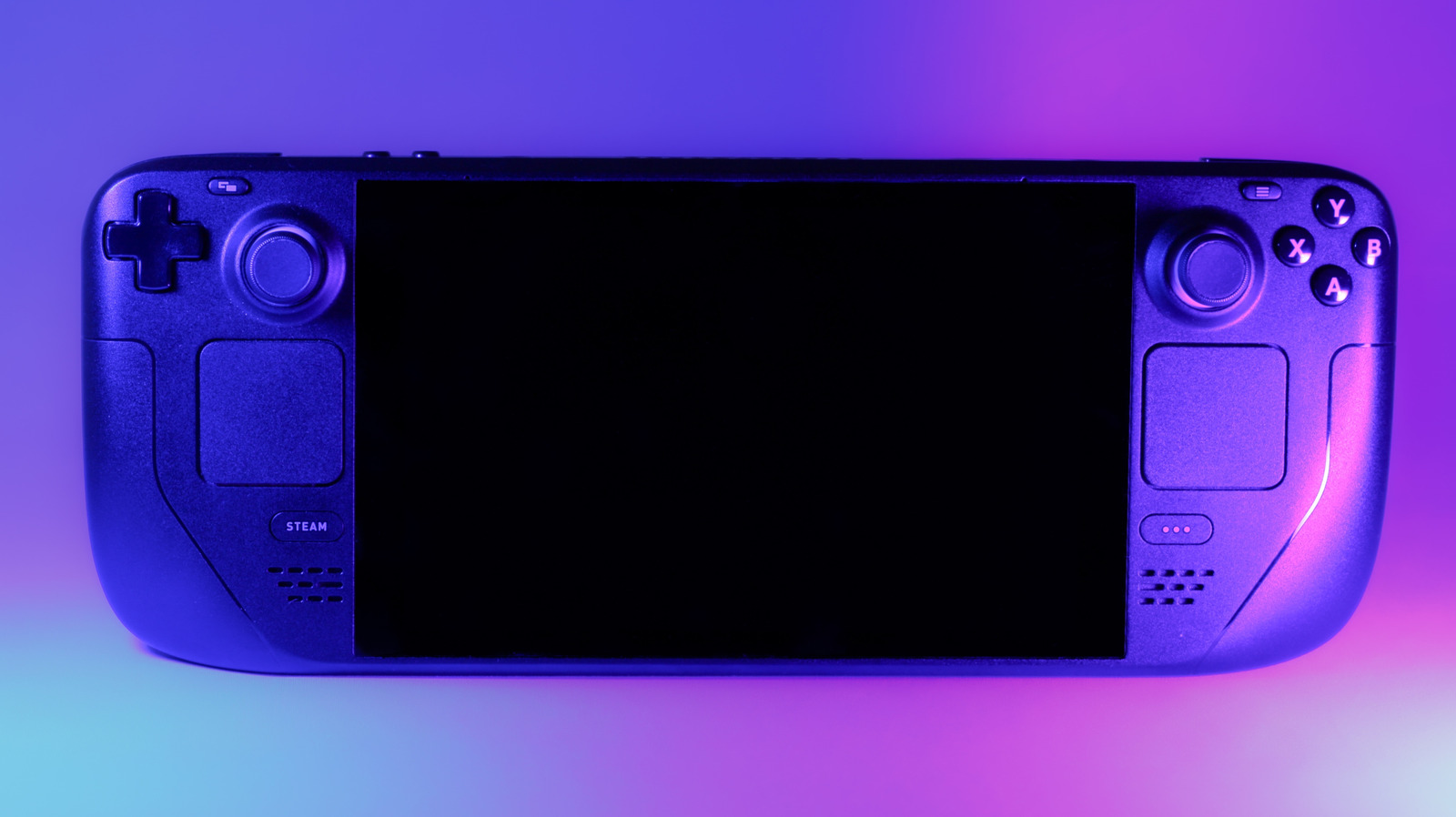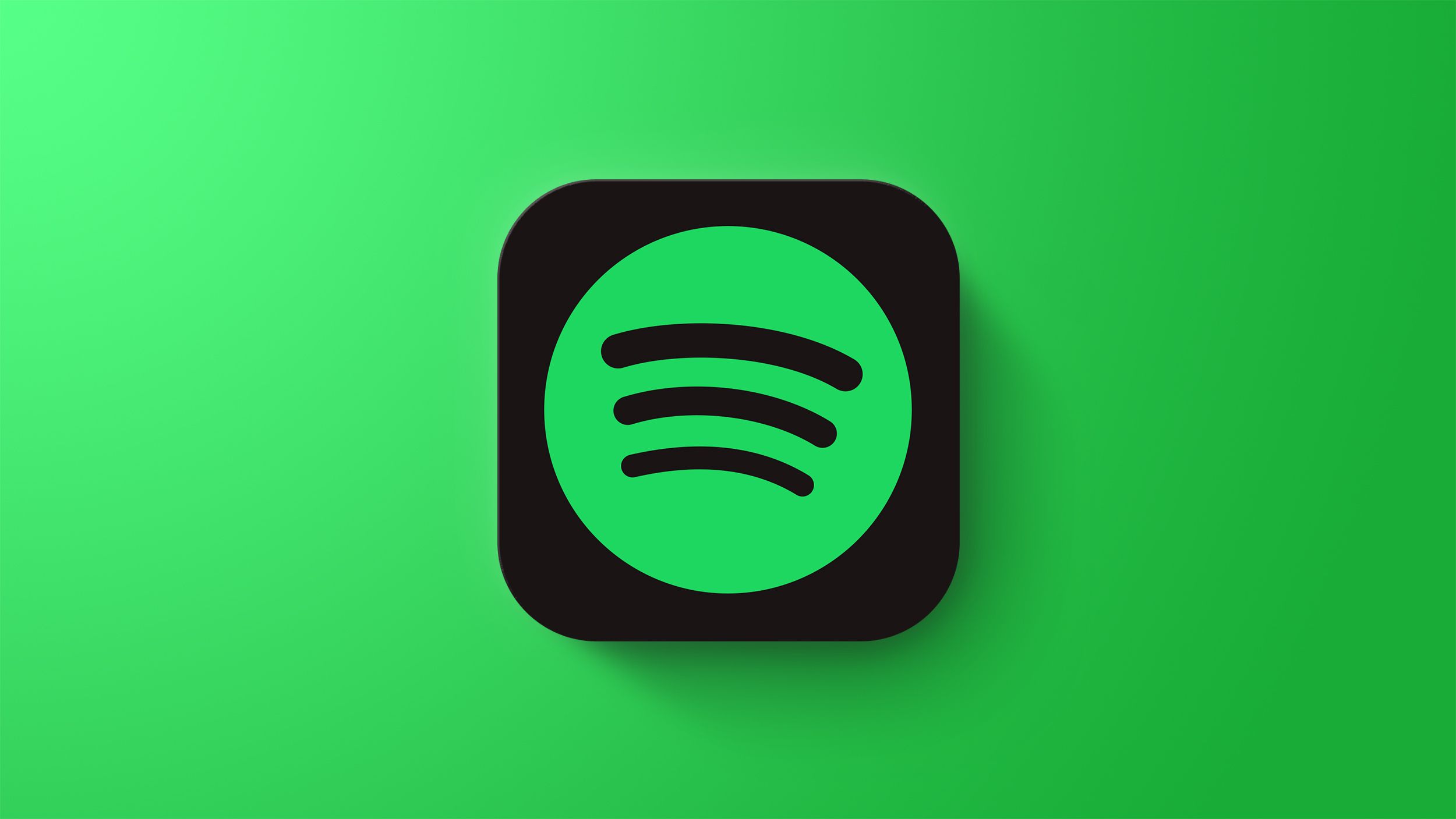Summary
- A major redesign of the MacBook Pro is allegedly coming with the M6 model in late 2026.
- While some of its rumored upgrades should be welcome, there’s a risk that Apple will repeat the mistakes of earlier MacBooks in a bid to make it thinner and lighter.
- The M6 may or may not be a disaster, but if you want to play it safe, it might be wise to budget for an M4 or M5 MacBook Pro instead.
Apple’s put itself in an unusual situation with the MacBook Pro. An updated model with an M5 processor is expected by the end of 2025, or in early 2026 at the latest, and will probably draw in the normal crowd of shoppers looking for a spec bump. But the company is also rumored to be working on an M6 version already, which could ship towards the end of 2026 — so hypothetically, you could end up buying a brand-new laptop in March, only to have it outclassed six or seven months later.
Rumors claim that the M6 model will be a major redesign, in which case it may be worth waiting to see what it might look like. For some people, however, the M5 model could still end up being the better deal. It all depends on how much performance you need, the threat of price hikes, and whether Apple has learned its lesson from prior MacBook overhauls.
What Apple has planned, and why it could be a problem
Haunted by butterfly ghosts
Whether or not they come to fruition, a few of the M6 Pro’s rumored changes should generate zero controversy. Primarily, I’m thinking of the move to a notchless OLED display, which is long overdue. A notch has never made sense on a laptop, not when Apple could’ve easily stuffed cameras into the bezel. OLED, meanwhile, has been available on Windows laptops for years, including my recent gaming rig. Featuring the tech in a $1,600-plus professional laptop should be de facto.
The computer may also get a 5G cellular option, which could be handy for the minority of users who don’t want to tether to their smartphone when they’re away from Wi-Fi. Perhaps the wildest claim is that Apple might add a touchscreen. I have my doubts about that one — while that’s another technology Windows PCs have offered for a long time, Apple has been pretty resistant to the idea of a touchscreen Mac, preferring to steer those buyers towards an iPad instead. Still, it would be a welcome addition, especially if it included Apple Pencil support for illustration and photo editing.
In Apple-speak, “thinner and lighter” often translates into design compromises.
My real concern involves talk that the M6 Pro will be thinner and lighter than its predecessor. On the surface, that sounds like the least controversial thing possible. A 14-inch M4 model weighs 3.4 pounds (about 1.5kg), which is enough to make travel and commuting worse if you’ve already got other things dragging you down. Certainly, no one likes struggling with their laptop in the middle of a TSA screening.
In Apple-speak, however, “thinner and lighter” often translates into design compromises. Indeed, that’s exactly what happened to the MacBook Pro in the late 2010s. To streamline the computer, Apple removed some of its ports, despite the fact that Pros often form the core of a workstation. That was potentially acceptable if you had a hub or a dock — but on top of that, the company switched to its infamous “butterfly” keyboard design, meant to keep MacBook keyboards as slim as possible. Faults with the tech were so severe that Apple was hit with a class-action lawsuit, and adopted a special repair program as it transitioned back to scissor switches. My wife can attest to how terrible the butterfly keyboards were — her MacBook Air still has one, and trying to type any long-form text on it is a nightmare.
Hopefully Apple has learned its lesson, but there’s no guarantee of that. Indeed, it seems to be making a similar mistake with the iPhone 17 Air, stripping away battery life and a secondary camera in the name of making the thinnest and lightest iPhone possible. It’s an answer to a question no one asked, probably as much about slashing production costs as anything else. Taking the same knife to the M6 MacBook Pro could scare people into tracking down M4 and M5 systems instead.
And the hits just keep coming
Tariff wars and the diminishing value of Apple Silicon
Tech firms often raise prices alongside redesigned hardware, whether out of necessity, or simply because they’ve wanted to for a long time. Consider the Nintendo Switch 2, which recently launched for $450, whereas the original Switch was just $300 when it shipped in 2017. Adjusted for inflation, that’s still over $50 extra.
Apple could easily fall into the same boat, given the ongoing impact of the Trump administration’s tariff war. MacBook Pros are manufactured in countries like China and Vietnam — both of which have been slapped with high import tariffs. That could spike the cost of current models, let alone overhauled ones with touchscreens, OLED panels, and/or 5G modems. In fact, outside of Apple eating the cost, the only ways out of this trap are import exemptions, renegotiated trade deals, or Apple somehow relocating MacBook manufacturing domestically. That last option is extremely unlikely, despite Trump’s protests.
The only US-based Apple factory at the moment is a Mac Pro plant in Austin, Texas, and building a new one capable of serving American MacBook demand might take years, assuming there’s enough local talent to staff it. The American electronics manufacturing sector is a shadow of what you’ll find overseas.
If you insist on buying new hardware, the safest decision may be to pick up an M5 model in the next few months.
Tariffs wouldn’t be such an issue for Apple if it weren’t for the fact that most people just don’t need an M6 processor. An M1 Max chip is still more than good enough for video editing, and complete overkill if you’re trying to run Safari, Mail, or Pages. There are general benefits to newer chips, of course, such as better game performance, and faster crunching of AI functions, but you don’t need the bleeding edge to see them. I can imagine many shoppers taking a glance at an M6 Pro but then deciding to track down a used or refurbished model instead.
If you insist on buying new hardware, the safest decision may be to pick up an M5 model in the next few months, as I suggested at the beginning of this piece. Ultimately, though, we’re all going to have to play it by ear on whether Apple’s next big redesign makes sense.

